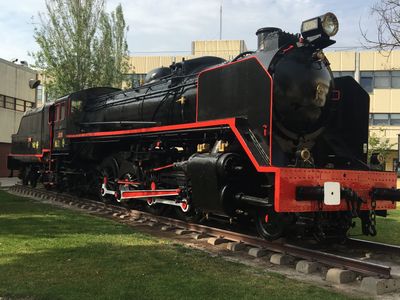Statics: Magnitudes, units and dimensions, vector algebra and vector geometry, force geometry incl. resultant, power pairs, etc. Necessary equilibrium conditions, average methods, potential conditions, mass centers.
Particle dynamics: Particle kinematics, in Cartesian coordinates, cylinder coordinates, natural components. Inertial systems, forces and Newton's laws. Work, effect, energy, conservative forces, kinetic and potential energy. Central Movement. Linear oscillations in one dimension: harmonic, subdued and forced.
After completing the course the student should be able to:
- read and understand mathematical text applied in the field of mechanics and communicate reasoning and calculations in this field orally and written in such a way that they are easy to follow,
- identify a concrete mechanical problem, and choose suitable mechanical models based on a problem description,
- translate the mechanical model into a mathematical model,
- mathematically treat the problem and critically analyze the significance of the result,
in order to use a physical mindset and communicate this within the framework of engineering science contexts.
